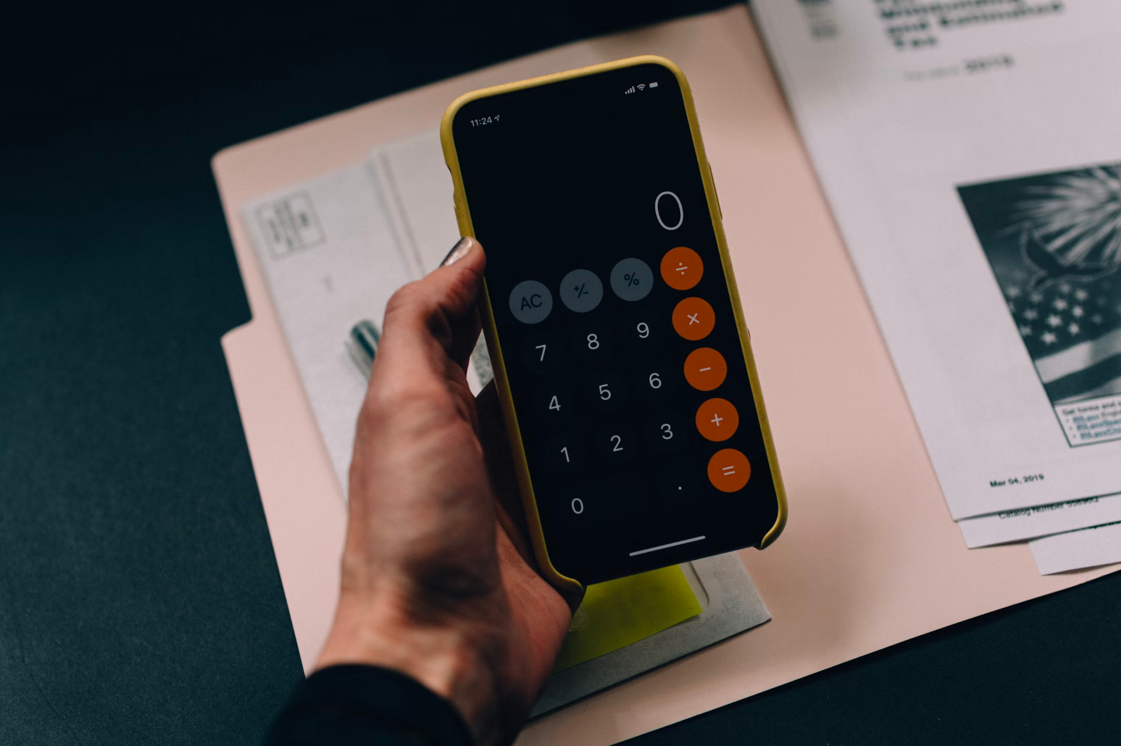Have you just received your first paycheck? Or perhaps you just feel like you want to be a bit smarter with your money in 2024 (we’ve all been there).
Creating a budget is a great way for anyone to be a little bit more careful with their spending. When you start saving, it means that you can start putting a little bit of your cash away every month that you can put toward a future investment – whether that’s getting a new house, upgrading your car, or even planning in advance for your retirement.
It can be a little bit tricky to come up with a budget that you’re actually going to stick to, so we’re going to break it down into a few key steps to help you get one step closer to your biggest financial goals.
Breaking down your budget can go into serious detail, such as working out what percentage of money from your pay packet goes toward things like entertainment. Some people enjoy hobbies such as esports and following the world of CS: GO, and this means that they may want to spend some money in this area, it is possible that people want to attend tournaments or get involved with betting in CSGO, and this would go in an “entertainment” section of a budget. Other areas of a budget can include essentials, the items needed to live on a day-to-day basis, as well as savings or repayments.
Step 1: Start to Think About What Your Financial Goals Might Be
Everyone’s plans in life are completely different, so this step is never going to look the same for everyone. Like any plan, it’s going to require a bit of strategy if you want to meet your financial goals.
Everyone has a different end goal in life, and some goals may be a little more long-term, like saving for a college education, paying off your own student debt, buying a car, retiring early, etc. You need the vision to look long into the future and consider things like compound interest.
Step 2: Take A Hard Look At Your Income
Now it’s time to start pulling out those payslips. How much are you making right now? It’s impossible to save up $10,000 a year if you’re only making a couple thousand dollars a month after your expenses.
Add up all the earnings you make in a year – this will include salary, bonuses, investments, and other income sources. If you’re self-employed, you might have some more control over how you take your income and structure your business, which is another budgeting consideration.
Step 3: Track Your Expenses
No one likes tracking their spending, we get it, we’re all human at the end of the day. Unfortunately, it’s something you have to do when budgeting. Do you spend a lot on eating out, spend too much money on groceries, or shell out for subscriptions you don’t use every month?
Step 4: Categorize Your Expenses
After you have run the numbers, put your fixed and variable expenses into categories. A fixed expense is a normal monthly expense that does not change, for example, payments of rent or mortgage, expenses for utility, or car insurance premiums.
Despite possible occasional changes, variable expenses vary from month to month, for example, expenditures for groceries, entertainment, or restaurants.
Step 5: Calculate Your Total Expenses
So, this is the next step in this guide where you’re going to start adding up every single individual expenditure in each category for a month. This will provide insight into where your money is going and help you identify ways to save or better allocate it.
Step 6: Set Spending Limits
Based on your spending goals and on your assessment of your income and expenses, establish spending limits for each category. Accept your level of spending, assess your essential versus discretionary spending categories, and then put yourself on a budget.
Step 7: Create a Budget
Now that you have all the information from points one to three, use this data to build your budget – or list of income, expense, and spending limit in each category – that reflects your capacity to spend. The budget building can be aided by budgeting templates or software designed by different companies which help you organize your finances and track your growth.
Step 8: Monitor Your Budget
Once you’ve devised your budget, be sure to keep track of it often. Compare your amounts spent with your budgeted amounts, and make any necessary updates/adjustments to your budget if things change in your spending habits or when something unexpected happens.
Step 9: Build an Emergency Fund
Ahead of your personal financial goals, first, contribute toward building an emergency fund – preferably 3-6 months of living expenses in a high-yield checking account or other liquid assets.
Step 10: Review and Adjust Regularly
Last, and most important, check your budget often and make changes as necessary. Life moves forward, so your budget should too. Whether it’s an increase in earnings or a reduction in expenses, a new financial goal, or anything in between, stay flexible and able to tweak your budget to fit new circumstances.
Conclusion
A budget enables you to take charge of your financial life and accomplish your financial objectives. This rapidly shareable, easy-to-adapt template facilitates your discovery of your perfect budget and empowers financial clarity or peace of mind.
Budgeting takes time and practice; but budgeting is a process, filled with twists and turns along the road. Exercise patience, make it a point of pride to stick with it, and persevere and your financial life may therapeutically (and financially) undergo a transformation as you make your financial wishes seem possible!

Areesha Kaleemullah, a prolific writer at MoneyAisle.com, is renowned for her insightful and engaging financial content. With a deep passion for personal finance and wealth management, Areesha expertly simplifies complex financial topics for her readers. Her articles are a treasure trove of practical tips and innovative strategies for savvy financial planning.






